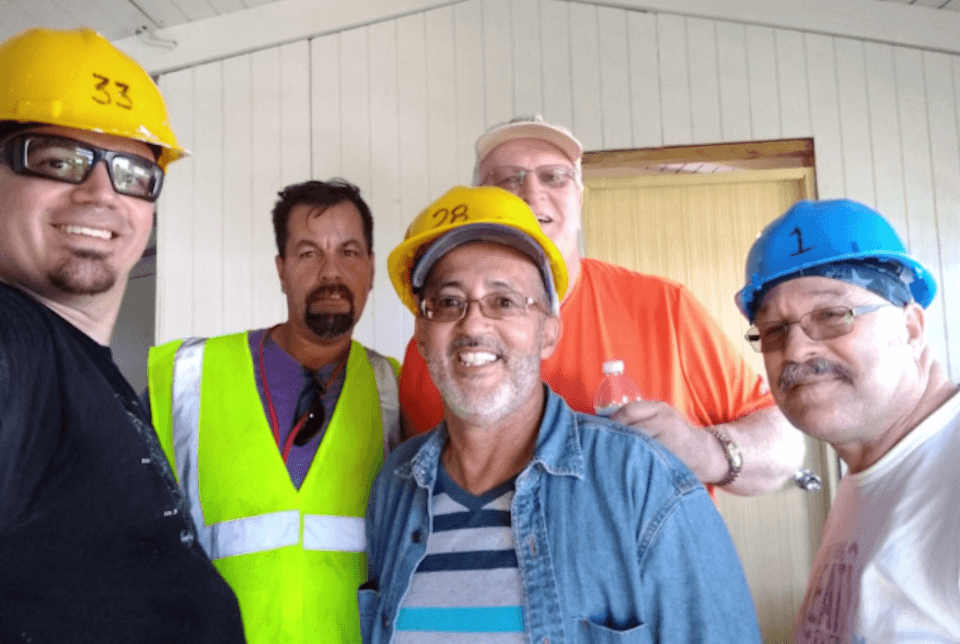A 7-member team organized by The East Winds District left Michigan and served in Puerto Rico for a week in January. They now see the world with new eyes.
KAY DEMOSS
Senior Content Editor
It has been 17 months since Hurricane Maria roared into the Caribbean and the southeastern United States. It left behind an estimated 3,000 dead in Puerto Rico, extensive damage to property, spiritual challenges, and the longest electrical black-out in U.S. history.
The Methodist Church of Puerto Rico was among first responders. The United Methodist Committee on Relief soon became a vital partner in disaster relief and response. ReHace was the name given the initiative that dispensed food, clean water, shelter and hope. “Rehace,” in Spanish, means “redo”; in United Methodist parlance it means “transformation.”
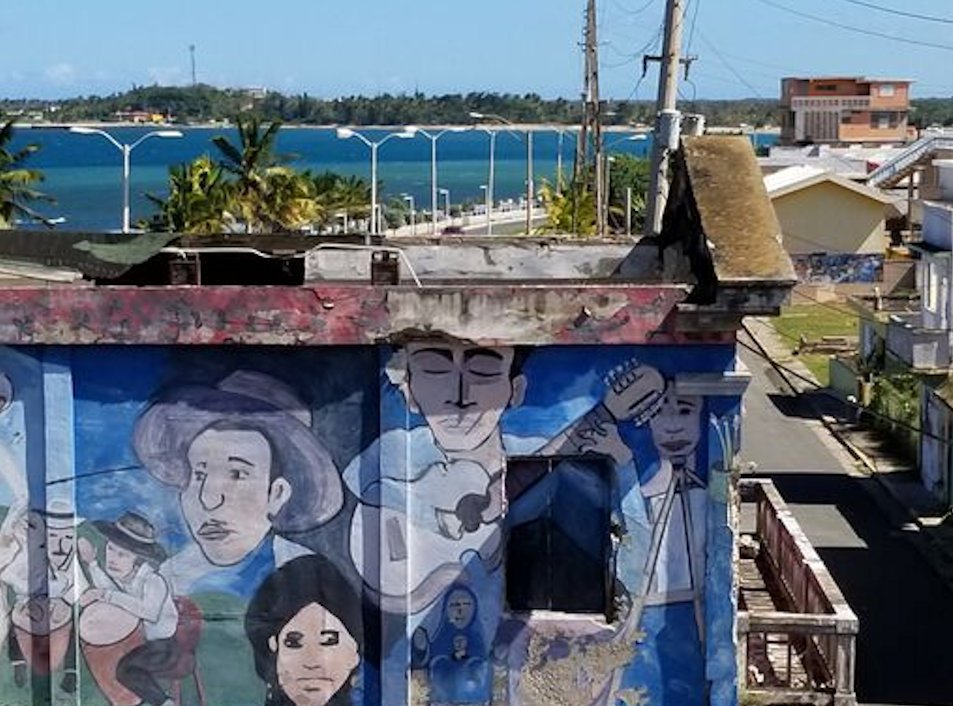
Today, an office in New York Annual Conference assists Volunteers in Mission in transforming the world left broken by Hurricane Maria’s 175-mile-an-hour winds. ReHace reported in a Facebook post, dated January 25, 2019: “It’s a privilege to be called to serve! We continue to help in the reconstruction of our communities through our social holiness program, ‘redoing communities with hope.’ Thanks to UMCOR and FEMA we have helped more than 1,000 families in need through the recovery plans that our case managers develop.”
Case manager develop plans but then hands are needed to make those plans happen. From January 17-24, 2019, 14 hands left eastern Michigan for San Juan, Puerto Rico. This seven-member Volunteer in Mission Team from the East Winds District was led by District Superintendent John Hice and Wayne Bank, a member of Lexington UMC.
Rev. Hice connected with the context of the trip during the ride from the airport to the Summit of Calvary Base Camp. Hice said, “José described the experience of devastation he shared with all the people of Puerto Rico. Doors and windows were blown-out, roofs were torn away, buildings collapsed, streets were flooded, electrical power was lost, there was no communication for days.”
Life literally collapsed for many. “People did not know what was happening across town, let alone across the Commonwealth.” Hice continued José’s account. “They had no potable water. Food was scarce. People waited in line for hours to get their ration of gasoline. José told us that even now, one-third of the population (over 1 million people) was not back in their homes.”
East Winds in action
What motivates a team to leave the comforts of their Michigan home and go to a place where life is tough? “Our Superintendent’s idea was to start our new district with something special. That something was a mission trip,” says Wayne Bank. “Everything we do in these first years as a new district works toward creating its character,” Hice explains. “The question is, ‘What kind of connectional church will we be?’ This would be a collaboration for members of our churches to find their way into mission, to be visibly Christ-centered in Christ-driven love expressed through willful action.”
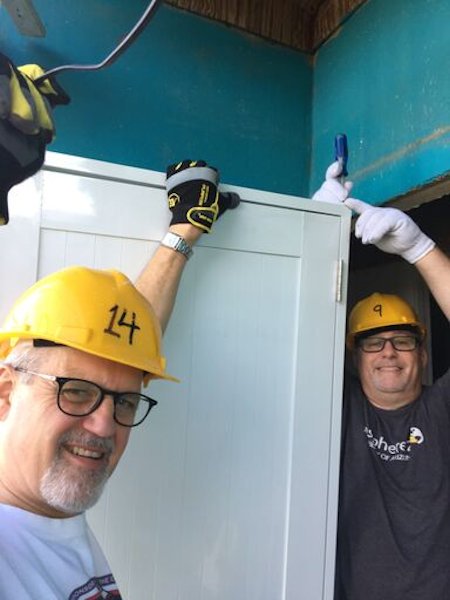
Puerto Rico’s needs were still in the news as the East Winds District was born in July 2018. Hice shares, “Hurricane Maria gripped me. I felt deeply for the people and their need and became convinced that an East Winds District Mission Team was a matter of God’s urging.”
He adds, “I hoped to see this as the new district’s first act of outreach to the world. That outreach would build a bridge of Christ’s redemptive love.”
So, Bank – a veteran of six other work teams — began to explore possibilities with UMCOR’s Puerto Rico Response Office cared for by the New York Conference. By the end of fall, seven persons had committed to the trip, which New York deemed, “just right.”
The East Winds team began a relationship with ReHace. “They are a Three R’s organization,” Bank explains: Renace (Reborn) – Reverdece (Revive) – Reconstruye (Rebuild). Disaster response goes through phases from emergency relief to recovery to reconstruction Bank adds. “And our role was in reconstruction on the north shore of the island where the eye of the hurricane was.”
After arriving in Puerto Rico on January 17, the team rented two vehicles and split into a team of three and a team of four. Seven different homes were assigned to their handy, tender care. Team members were at work for five days under the supervision of skilled Puerto Rican foremen. They put in doors, ran electrical wiring, and painted.
Relationships with homeowners grew, as people were living in the dust and disrepair at each project site. “People were so welcoming,” Bank recalls. Coffee and eggs were shared at break times. “At one site a third-grader told us his dream of becoming a project engineer, using all the English he knew.” The teams had translators but often God’s work is done through language that is unspoken. Wayne chuckles, “Lots of times the foreman would tap me on my shoulder, point at the jack hammer and point to the drawing on the wall. Job done.”
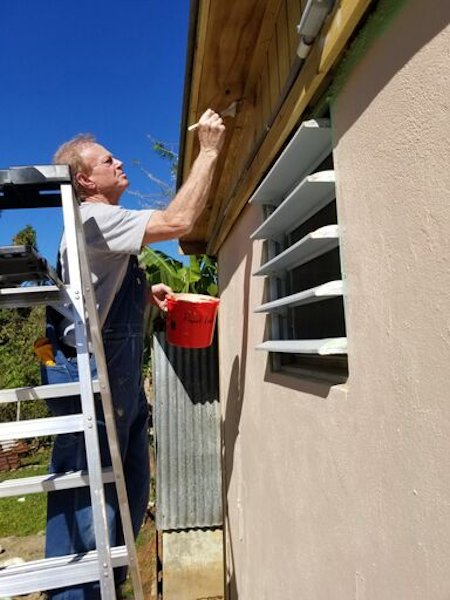
Hice appreciated that “depth of supervision led by highly educated and skilled construction engineers, contractors and case workers. They took the lead and we could help.” UMVIM is about ministry with rather than ministry for. Hice shares a reminder: “They didn’t need us to come and fix their brokenness. They needed us to come and be their partners – to remind them that they were not alone, not forgotten or forsaken. They could use our help; but they led us.”
At the same time, the Superintendent was grateful for his team members’ many talents. “When we were met at the airport, the observation was, ‘Oh, you’re an older group,’ except for my son, James. But we were also a group skilled in architecture and construction trades with plenty of home repair experience.” A week later the project director expressed his gratitude, too. “He told us that they were two days behind when we arrived, and they were two days ahead at the end of our last day at work,” Hice reports.
Mission accomplished
So was this character-building venture successful? Superintendent Hice applies five measures of accomplishment to an experience that was “beyond expectations.”
- “We fit into ReHace’s grand plan for recovery.” The effort was Puerto-Rican run and VIM-assisted.
- “We built bridges of love and hope.” The team offered encouragement and compassion to the people of Puerto Rico. In addition, “Team members grew in understanding of other peoples, poverty, culture and faith. We all left with a more global awareness.”
- “Our team experienced Church in a real way.” Team members became friends. “I’m finding I love you guys,” said one Michigan man to his teammates. “This is a gift.”
- “Our trip generated excitement to form more VIM teams.” Those following social media posts from Puerto Rico were inspired to think about organizing a VIM team to serve during spring break.
- “The trip made an impact on our lives.” Speaking for himself and others, Hice says, “God has used this trip to further form us as followers of Jesus, who are compelled to act and think compassionately.”
The East Winds District Team is one of 110 scheduled to work in Puerto Rico during 2019. Seven volunteers from Michigan have added their time and skills to those of over 1,100 other volunteers who have served in Puerto Rico since January 2018. Add their 300 hours of assistance to the more than 38,500 UMVIM hours shared with the homeowners on the island.
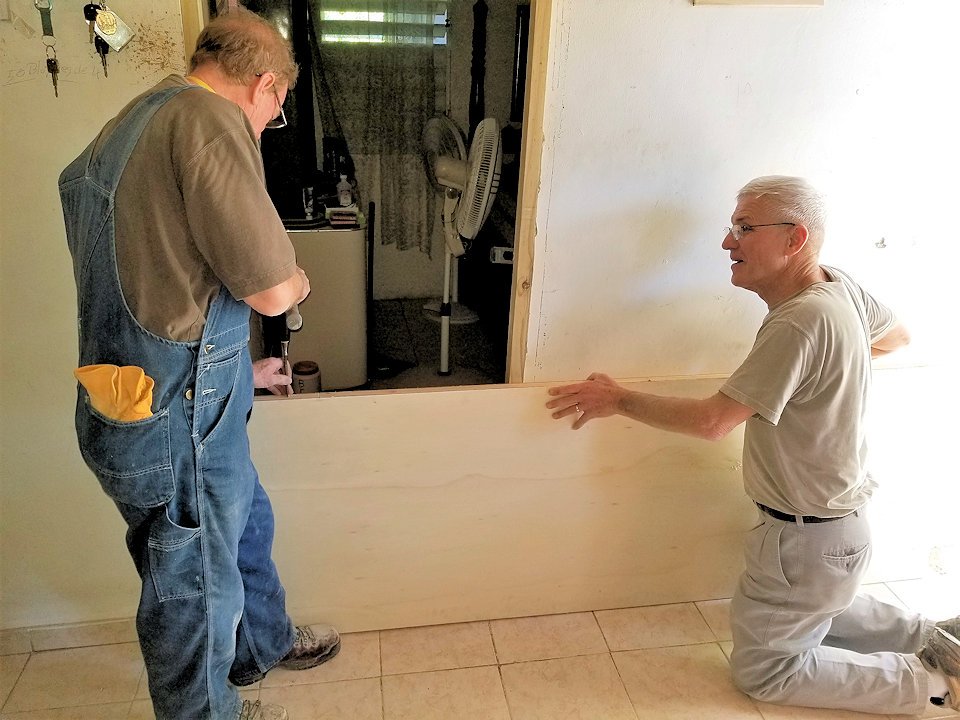
But the value of such an experience cannot be calculated with mere numbers. “This was about forming relationships that will change the world to be more like God has always had in mind,” the Rev. John Hice reflects.” He continues, “It’s about going somewhere and not being limited to a ‘windshield view’ of people. We truly shared experience with them.”
Wayne Bank echoes that outlook. “Why go to Puerto Rico? I have always had a heart for mission, whether at a local food pantry or at a disaster site,” he says. “Be Good, Do Good” is the theme of my life.”
For the latest information on Hurricane Maria Recovery go to ReHace IMPR. The Rev. John Hice offers encouragement to would-be volunteers. “It’s about being humbled, inspired, and useful – all at the same time.”
Last Updated on October 31, 2023

